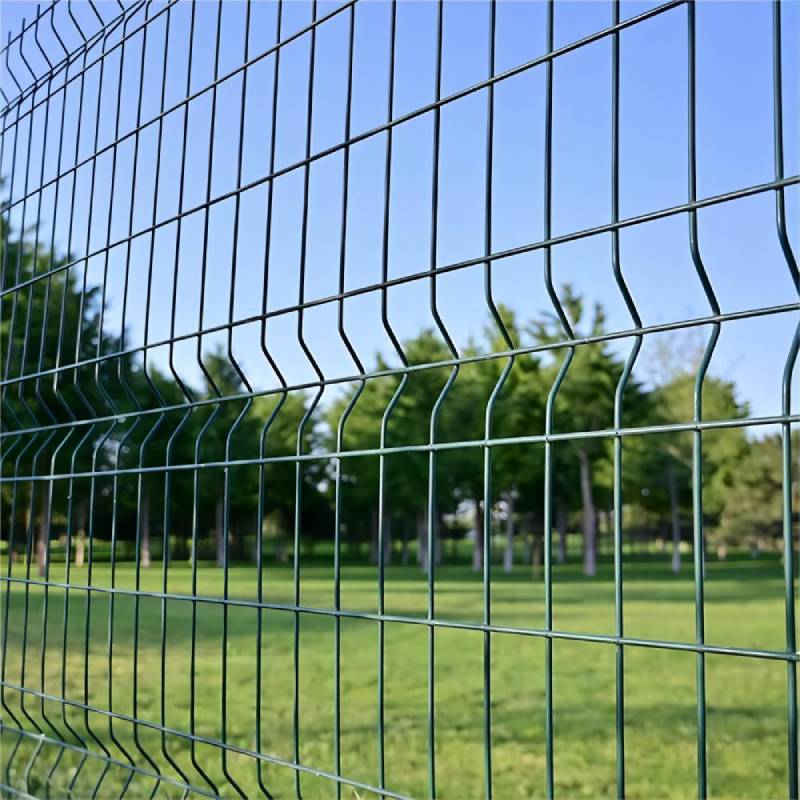Understanding the Various Sizes and Gauges of Welded Wire Mesh for Construction Projects
Understanding Welded Wire Mesh Gauge Sizes
Welded wire mesh is a versatile and widely used material in construction, agriculture, and various industrial applications. Its unique construction provides strength, durability, and functionality, making it an indispensable component in many projects. One of the critical factors influencing the performance and suitability of welded wire mesh is its gauge size. This article explores the significance of gauge sizes in welded wire mesh, helping you make informed choices for your specific applications.
What Is Welded Wire Mesh?
Welded wire mesh is composed of wires that are strategically arranged in a grid pattern and are welded together at their intersections. This process results in a flat, sturdy sheet that can be used for various purposes, including reinforcement in concrete, fencing, animal containment, and even as a foundation for landscaping projects. Due to its strength and rigidity, welded wire mesh can effectively distribute loads, making it ideal for structural applications.
Understanding Gauge Sizes
The term gauge refers to the thickness of the wire used in the mesh. In the context of welded wire mesh, gauge sizes can vary widely, typically ranging from 6 gauge (approximately 0.162 inches) to 14 gauge (approximately 0.080 inches). The larger the gauge number, the thinner the wire; conversely, a smaller gauge number indicates a thicker wire.
The choice of gauge is crucial as it can significantly affect the mesh's strength, weight, flexibility, and overall performance. Thicker wires (lower gauge numbers) tend to be stronger and more durable, making them suitable for heavy-duty applications. In contrast, thinner wires (higher gauge numbers) offer greater flexibility and are often used in less demanding situations.
Factors Influencing Gauge Size Selection
welded wire mesh gauge sizes

When selecting the appropriate gauge size for welded wire mesh, consider the following factors
1. Application Purpose The intended use of the welded wire mesh will largely determine the gauge size needed. For instance, if the mesh is being used for concrete reinforcement in a high-load environment, a thicker gauge would be necessary. Conversely, for a garden fence or pet enclosure, a thinner gauge might suffice.
2. Environmental Conditions Consideration must also be given to environmental factors such as moisture, exposure to chemicals, and temperature variations. In corrosive environments, opting for galvanized or coated mesh may prolong the mesh's life, regardless of the gauge.
3. Load Requirements Evaluate the load that the welded wire mesh will bear. High-load applications like industrial flooring or retaining walls require a heavier gauge to ensure safety and stability.
4. Installation and Handling Thicker gauge wires are generally more challenging to handle and require more robust installation techniques. Thinner gauges may be easier to work with but may compromise on strength.
Conclusion
Welded wire mesh is a pivotal component in numerous applications, and understanding gauge sizes is essential for selecting the right product. With a variety of gauge options available, users must assess their specific needs, including the application purpose, environmental conditions, load requirements, and ease of handling. By carefully selecting the appropriate gauge size, you can ensure the effectiveness and longevity of your welded wire mesh, ultimately contributing to the success of your project. Whether it's reinforcing concrete, fencing, or creating functional barriers, knowing the significance of gauge sizes will empower you to make the best choice for your needs.
-
Space-Saving Chain Fence Hacks Vertical Gardening with Cyclone MeshNewsJul.16,2025
-
Innovations in Iron Nail Wire Production for Modern ConstructionNewsJul.16,2025
-
Creative Uses of Wire Netting Fence in Modern Landscape DesignNewsJul.16,2025
-
Barbed Wire Fence Innovations in Anti-Climb TechnologyNewsJul.16,2025
-
Architectural Uses of Umbrella Nails for Aesthetic Roof DesignsNewsJul.16,2025
-
Architectural Uses of Razor Barbed Wire in Secure Urban DesignNewsJul.16,2025




